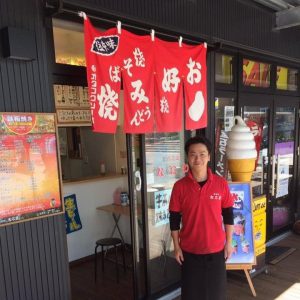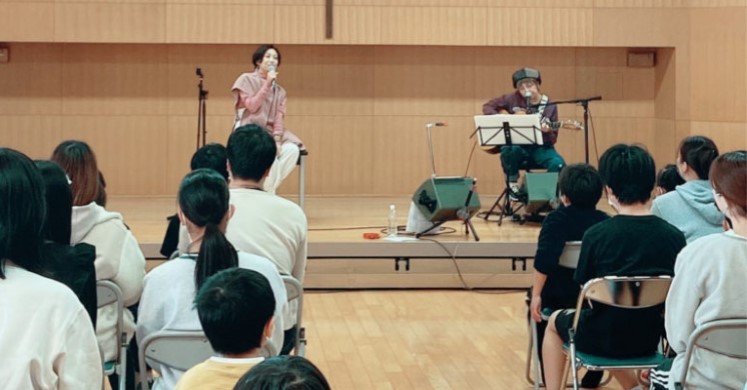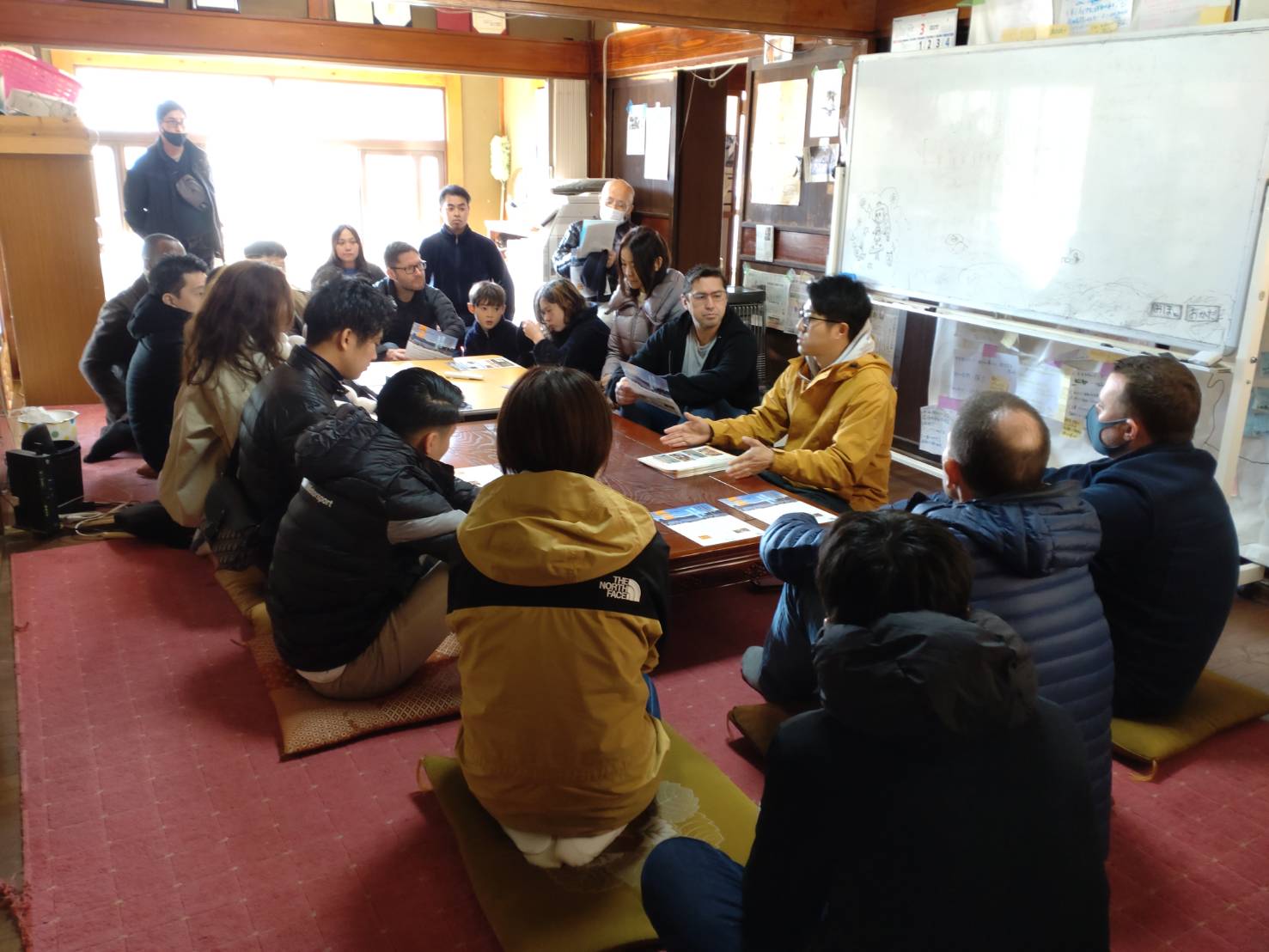Learning from the KAMAISHI Trip 2022 / 釜石トリップ2022からの学び


Eleven years have passed since the Great East Japan Earthquake. Immediately after the disaster, the people of Japan actively prepared for disasters. However, to our horror, people can forget tragic events over time.
That is why I believe that what we must do now is to remember that day, continue to pass on the events of that day to our descendants, and minimize the damage when the same thing happens again.
I would like to share what I learned from Mr. Tomita, the owner of “Naniwaya,” an okonomiyaki restaurant in the city, during our trip to Kamaishi in April this year.
東日本大震災から11年が経ちました。震災直後、日本国民は災害に備えて積極的に防災準備をされたといいます。しかし恐ろしいことに、人は悲惨な出来事も時間と共に忘れ去れていく生き物でもあります。
だからこそ今私たちにしなければいけないこと、あの日を忘れず、子孫にあの日の出来事を伝え続け、同じことが起きた時に被害を最小限にとどめることだと思っています。
今回は今年4月に実施した釜石トリップで、市内にあるお好み焼き屋の「なにわや」に訪問し、店主の富田さんから話をいただいことを伝えたいと思います。
All we need is water and food for two weeks.
At the time of the earthquake, Mr. Tomita was in Tokyo, but when he and his friends realized the extent of the damage, they loaded up supplies and drove to Kamaishi, where his family was located, to provide support.
He says that he knows what he needs to tell people because he visited Kamaishi and provided support there.
If you don’t have water and food for disaster relief at home, you should get enough for two weeks. And once a year And, he hopes that people will get into the habit of buying food that can be stored for at least one time a year.
It does not take much time for food aid to arrive. The Self-Defense Forces, NGOs, and others will probably arrive within three to four days. However, even if they do come, it will take time to reach the victims.
Why? It is because it is difficult to distribute huge amounts of relief supplies. Depending on the number of victims, there are many people gathered at the reception area, and it is not an easy situation to distribute them. And there is always competition, robbery, and other forms of fighting.
The Great East Japan Earthquake caused so many deaths and missing people, and the impact if this were in a densely populated area (urban area) would be immeasurable. Self-help for that purpose. That’s why we have customs. It is a matter of habit.
必要なのは2週間分の水と食料
震災時、富田さんは東京都内おり、被害が大きいことを受けてご家族がいる釜石に友人と必要物資を積み、車を走らせ支援に行かれた方です。
現地に足を運び支援された富田さんだからこそ分かること、そして伝えたいことがあるといいます。
もし、自宅に災害時用の「水」や「食料」がなければ2週間分でいいので確保。そして年に1度でいいので、保存食を買う習慣を身につけて欲しいと話します。
食糧物資の支援は、届くのにさほど時間はかかりません。おそらく3から4日もあれば自衛隊やNGO等が支援に来てくれます。しかし、来て頂いたとしても被災者の手元に届くのには、時間がかかります。
何故か。それは、膨大かつ大量の支援物資を配布する事が難しいからです。被災者の数にもよりますが、受付場所には沢山の人が集まり、とても簡単に渡せる状況ではありません。そして、その中には競争や強奪等の争いが絶えません。
東日本大地震時、あそこまでの死者、行方不明者を出しましたが、これが人口密集地帯(都市部)だった場合の影響は計り知れません。その為の自助。その為の習慣。なのです。
BlueCompass Contact:contact@bluecompass.info






